Protecting habitat for barking salamanders, pungent yews, and other wild wonders
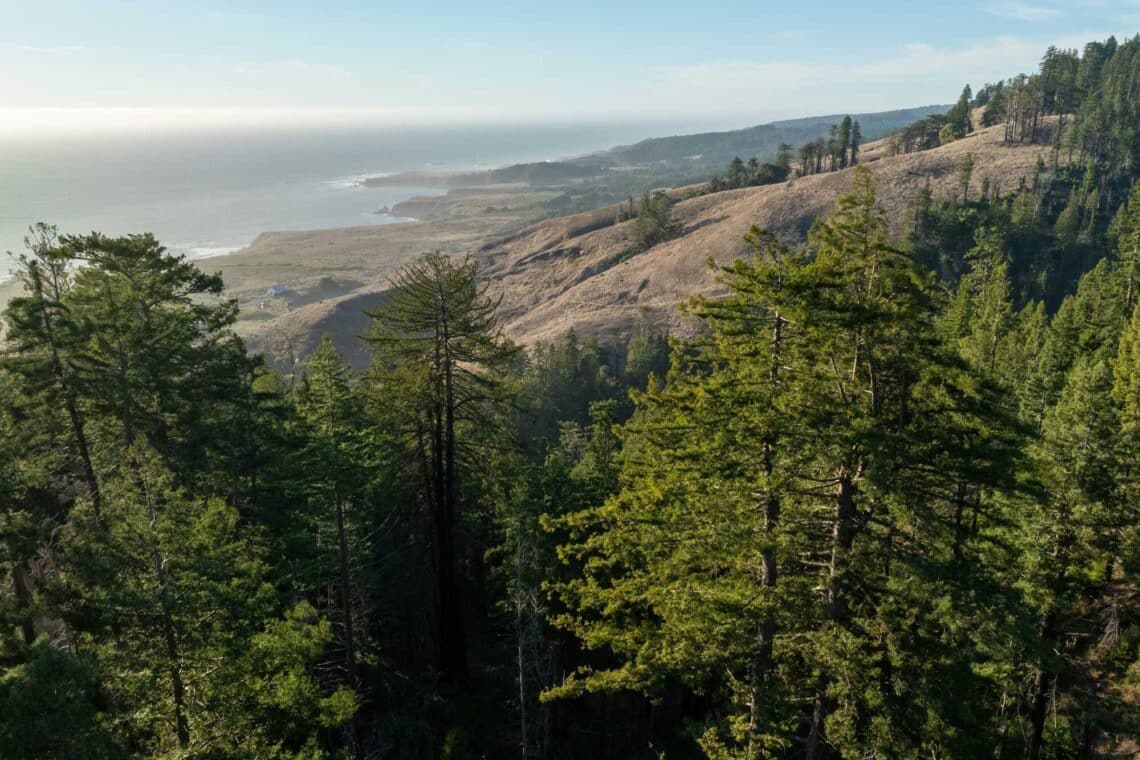
Along its rugged western edge, Sonoma County hosts a menagerie of feathered, furred, and finned creatures, many of them at-risk species. A key step toward safeguarding these amazing animals? Protecting their habitat at Sonoma Coast Redwoods, a 1,624-acre property that connects more than 7.8 square miles of wildlife habitat and nearly 8 miles of freshwater streams. The property’s mix of redwood forest and coastal grasslands also provides a biodiverse haven for vulnerable flora—from delicate native wildflowers to an especially pungent conifer.
Read on to meet these 10 unique plants and animals—maybe even fall in love with a few—and you’ll soon understand why Save the Redwoods League is committed to permanently protecting and restoring Sonoma Coast Redwoods.
Sonoma tree vole

Sonoma tree voles are notoriously elusive, but this cinnamon-colored cutie has been spotted on the Sonoma Coast Redwoods property. These arboreal mammals prefer to dwell in the interconnected canopies of old-growth conifers, where they feast almost exclusively on Douglas-fir or grand fir needles—downing more than 2,000 per day. The voles eat all but the needles’ center resin ducts, which they discard or use to line their domed nursery nests. Female voles build upon these nests from generation to generation, and expansions may grow to encircle the entire tree. True homebodies, a typical female vole might never stray from the tree she was born in, though males may explore nearby trees.
California giant salamander
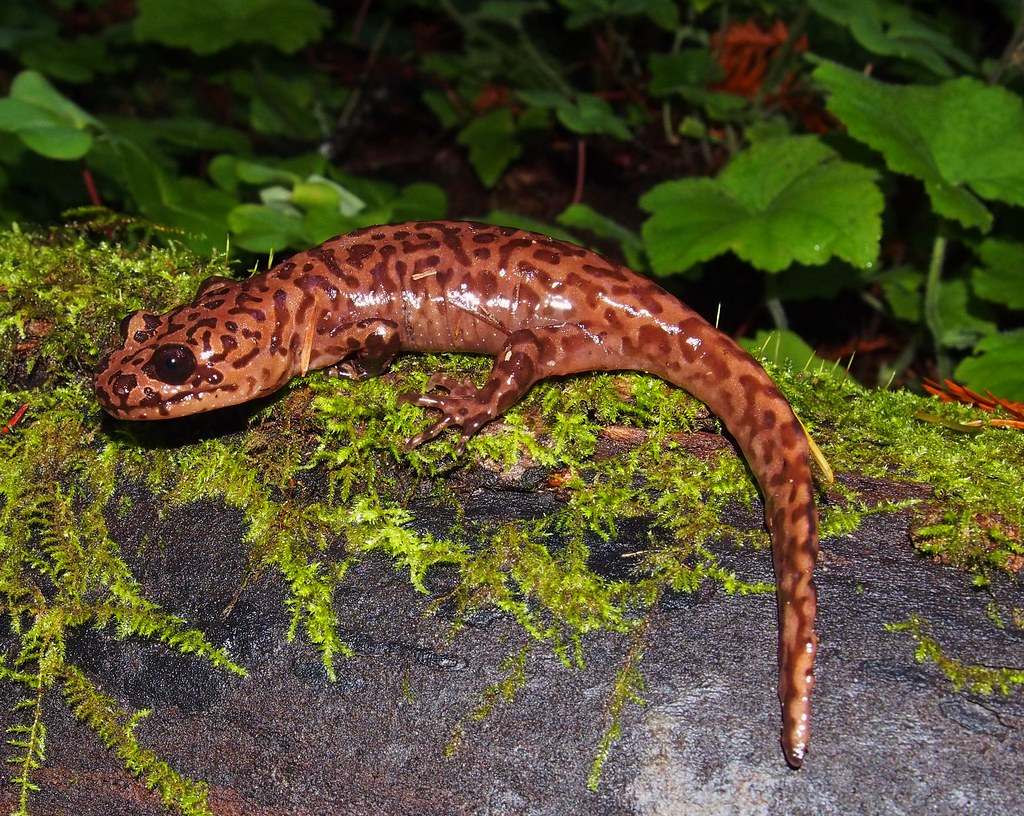
The California giant salamander may be rare, but it’s not shy. It actually barks, making it one of only two salamanders in the world that vocalizes. The chatty amphibian is also aptly named, often reaching 12 inches or more in length (40 percent of which is its tail). Native to Sonoma County, the California giant salamander likes the cool shade of coast redwood forests and tends to lay its eggs in fast-flowing streams. The female will fiercely protect her eggs from predators—including cannibalistic males—for up to seven months, all while barely feeding herself.
Northern spotted owl
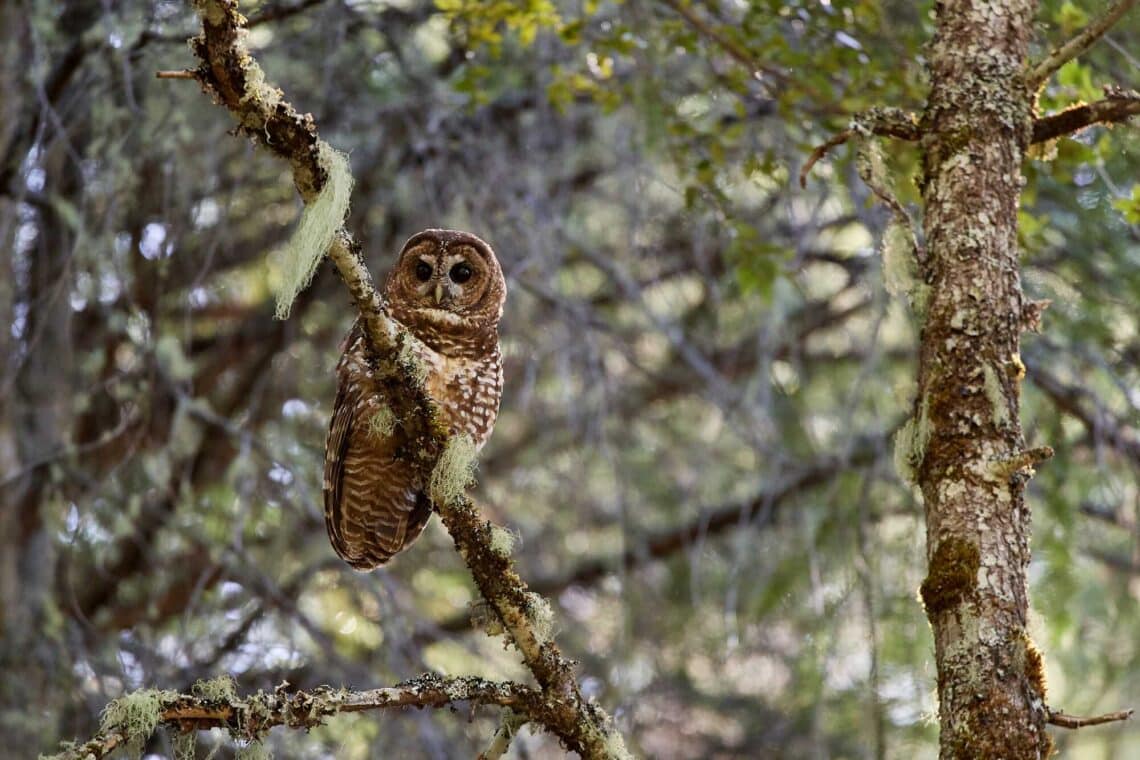
With a heart-shaped facial disk framing deeply dark eyes, the northern spotted owl has become an iconic symbol of California’s old-growth forests. Currently listed as threatened, largely due to habitat loss and competition from the barred owl, this “perch-and-pounce” raptor hunts at night for its favored meal of dusky-footed woodrat. Northern spotted owls also consume other forest rodents, including deer mice, shrews, gophers, and voles. In fact, the fates of Sonoma tree voles and northern spotted owls are so intertwined that their joint appearance is seen as an indicator of a healthy forest. The good news (unless you’re a vole): Three northern spotted owl activity centers lie within a mile of the Sonoma Coast Redwoods—and the League’s director of land protection spied one of these owls on the property this past summer.
Osprey
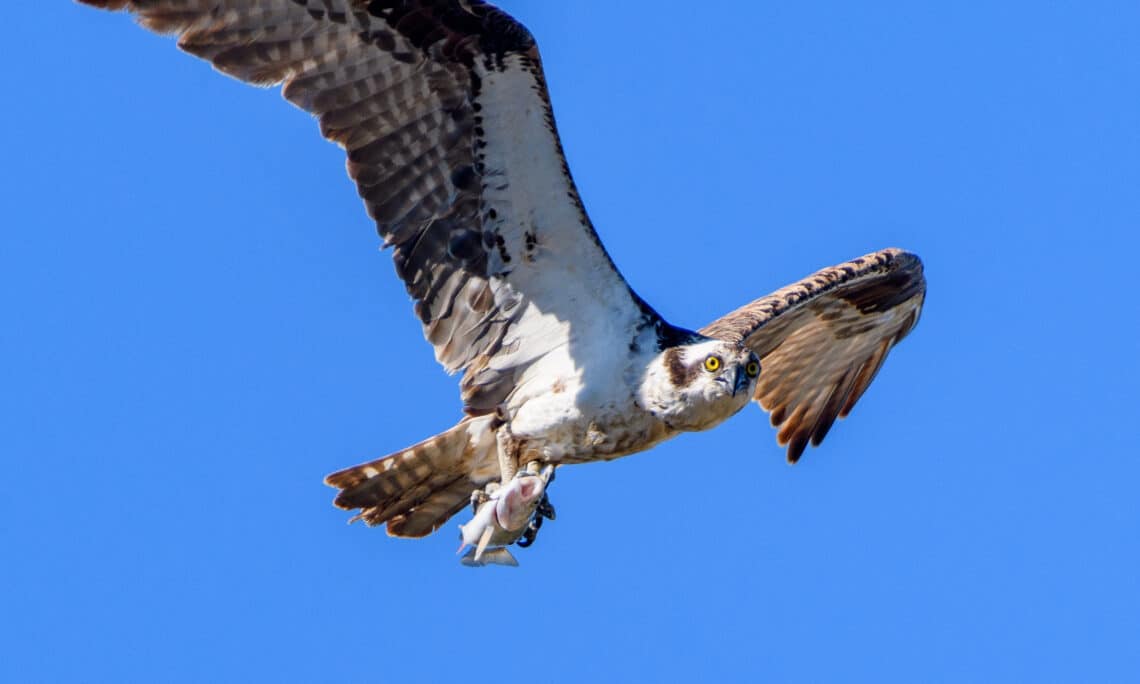
Like a soaring masked superhero, the osprey will snatch a fish from the water and then carry it back to its impressive nest in aerodynamic, front-facing fashion (the fish often looks like it’s swimming through the air). Also known as “fish hawks,” ospreys sport dark feathers around their eyes to reduce glare from the water when they hunt and have specially adapted talons and feet that allow them to catch and transport slippery meals. Historically, these imperiled birds have nested on the Sonoma Coast Redwoods property and are still sometimes seen soaring overhead. Perhaps once this coastal habitat is fully protected, they will nest here again.
Steelhead trout
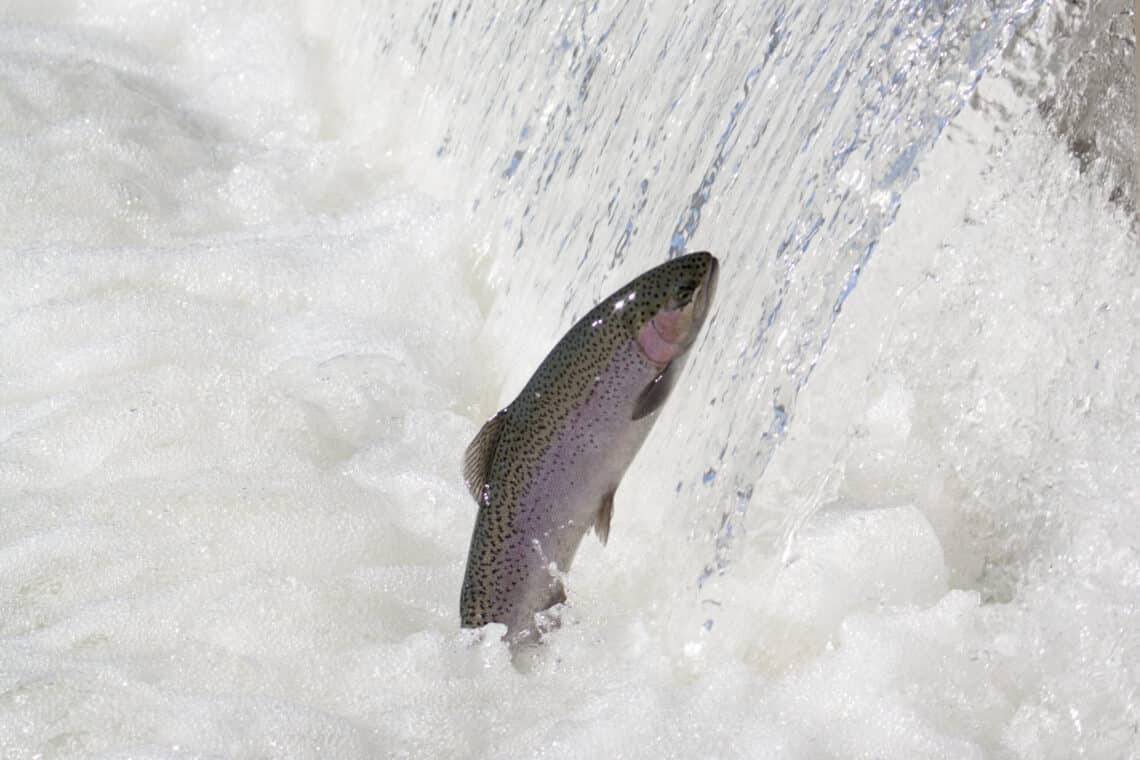
Cool, tree-shaded streams and rivers are prime spawning spots for this Pacific fish species. Like other anadromous fish such as coho and Chinook salmon, juvenile steelhead migrate out to the ocean to feast and grow for several years. Toward the end of their lives, they are instinctually driven to return to their freshwater birthplaces to spawn. Along this return migration, steelhead trout can leap more than 10 feet to make it upstream. At Sonoma Coast Redwoods, a fern-lined stretch of Fort Ross Creek provides the conditions needed for these protected fish to lay eggs—and steelhead fry have been spotted wiggling in these waters.
Behren’s silverspot butterfly
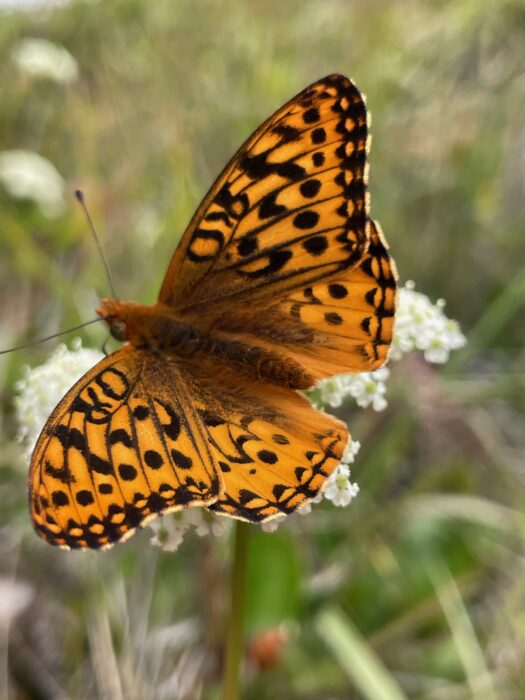
Endangered since 1997, the Behren’s silverspot butterfly has been seen fluttering at Fort Ross State Historic Park, which adjoins Sonoma Coast Redwoods to the north. State park employees are attempting to increase the butterfly’s population by restoring its native host plant, the western early blue violet, which the butterflies rely on for nectar and to host their caterpillars. Restoring Sonoma Coast Redwood’s grasslands may further expand the extremely restricted habitat of these winged beauties.
Woolly-headed gilia
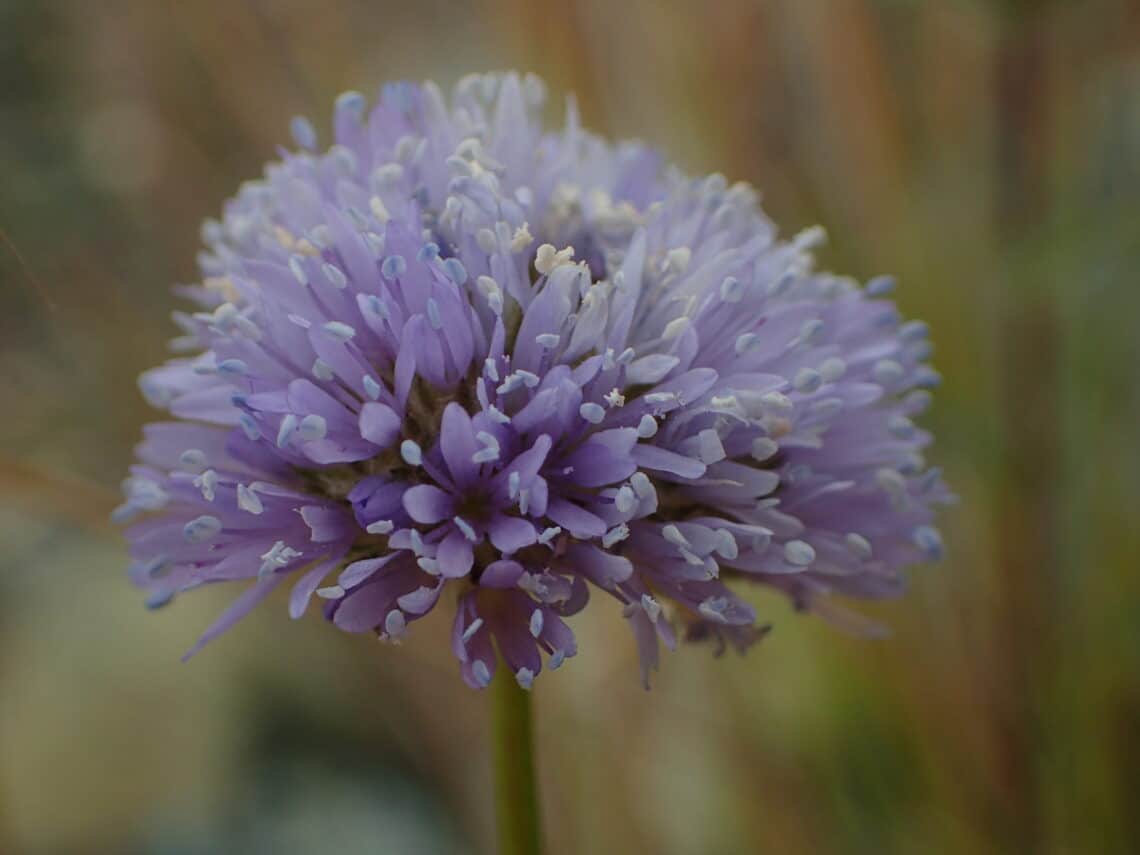
In spring, the property’s green meadows are blanketed by wildflowers, including the woolly-headed gilia (Gilia capitata ssp. tomentosa), a species of special concern. This pollination pro produces abundant nectar that attracts bees and butterflies to its clusters of delicate lavender-blue flowers. California’s coastal prairies are some of the most biodiverse grasslands in North America—and one of the most threatened due to development, invasive species, and fire exclusion. Restoring the grasslands at Sonoma Coast Redwoods, which historically have been used for livestock grazing, is an opportunity to bolster this biodiversity.
California nutmeg
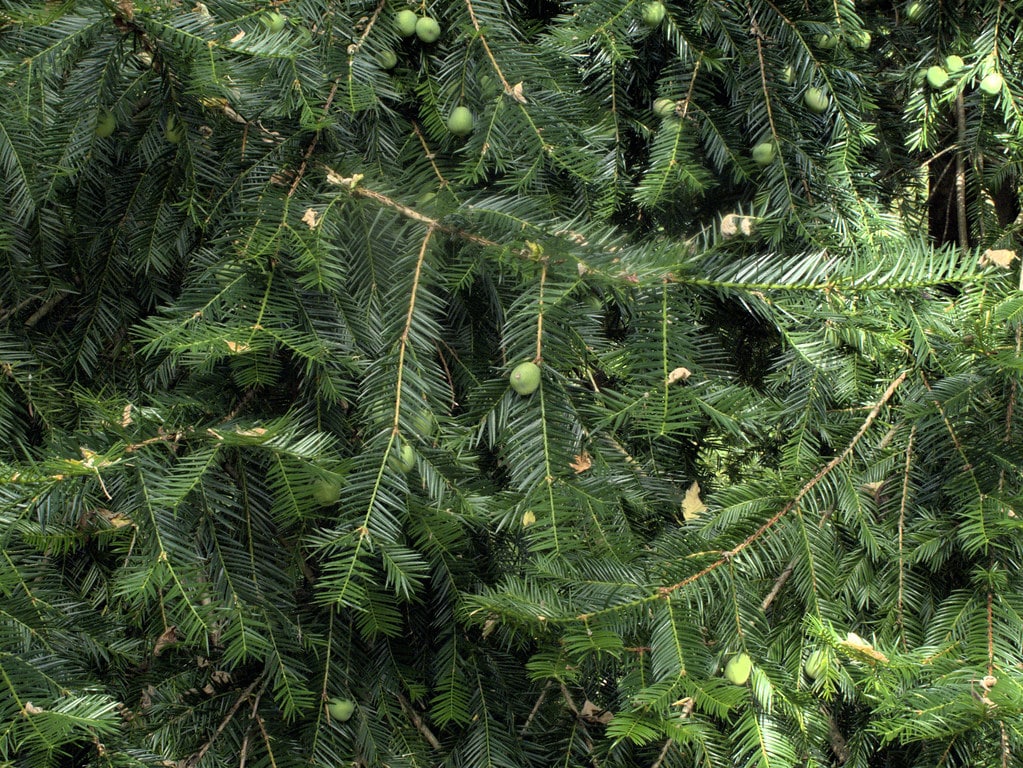
Don’t expect the California nutmeg tree (Torreya californica) to flavor your pumpkin pie—that’s a completely different spicy species. Still, this evergreen tree has a pungent odor that wafts from its pokey needles and its fruit contains a small, nut-like seed eaten by California’s Indigenous peoples. At Sonoma Coast Redwoods, this beautiful and vulnerable member of the yew family flourishes alongside its fellow conifers, the Douglas-fir and coast redwood.
Sonoma spineflower
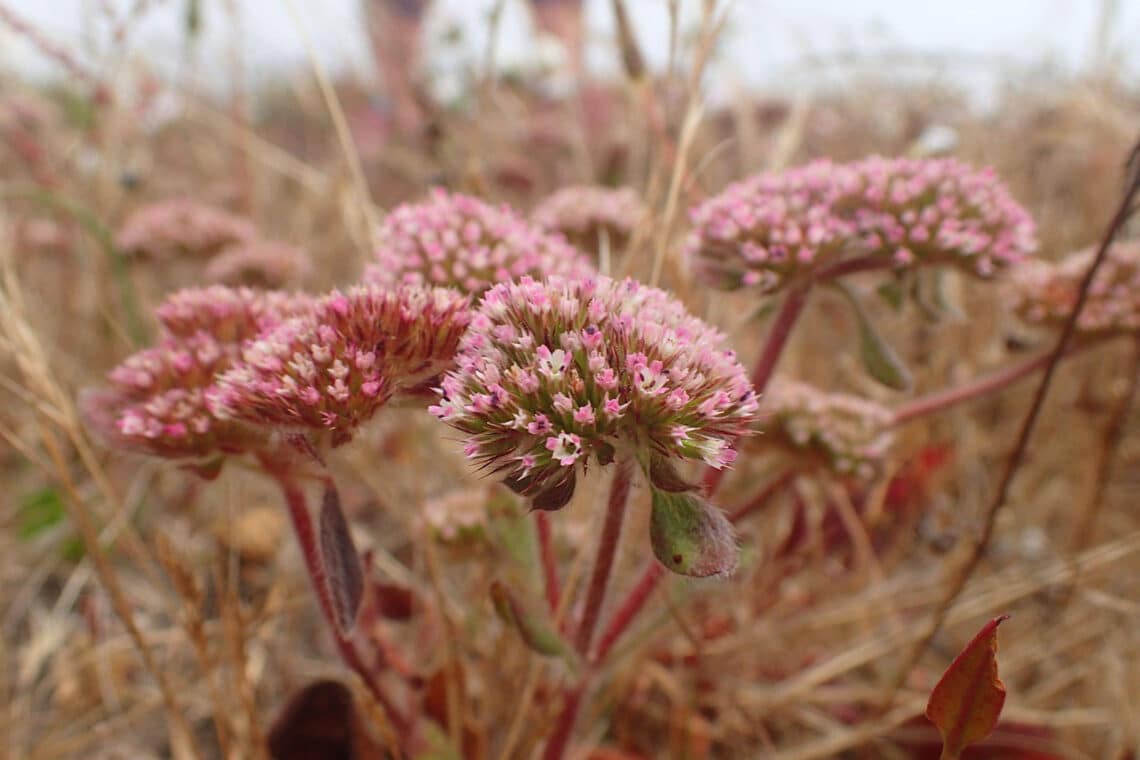
Hope blooms in the Sonoma spineflower (Chorizanthe valida), a member of the buckwheat family believed to be extinct for 77 years—until it was rediscovered in 1980 near Abbotts Lagoon at Point Reyes National Seashore. This endangered herb grows in sandy coastal grasslands, revealing its clusters of tiny white and pink flowers in late spring and summer. Only a few small populations exist, so wildfires and droughts still pose an existential threat. But with the right protections, this pretty plant may continue to flourish.
Coast redwood
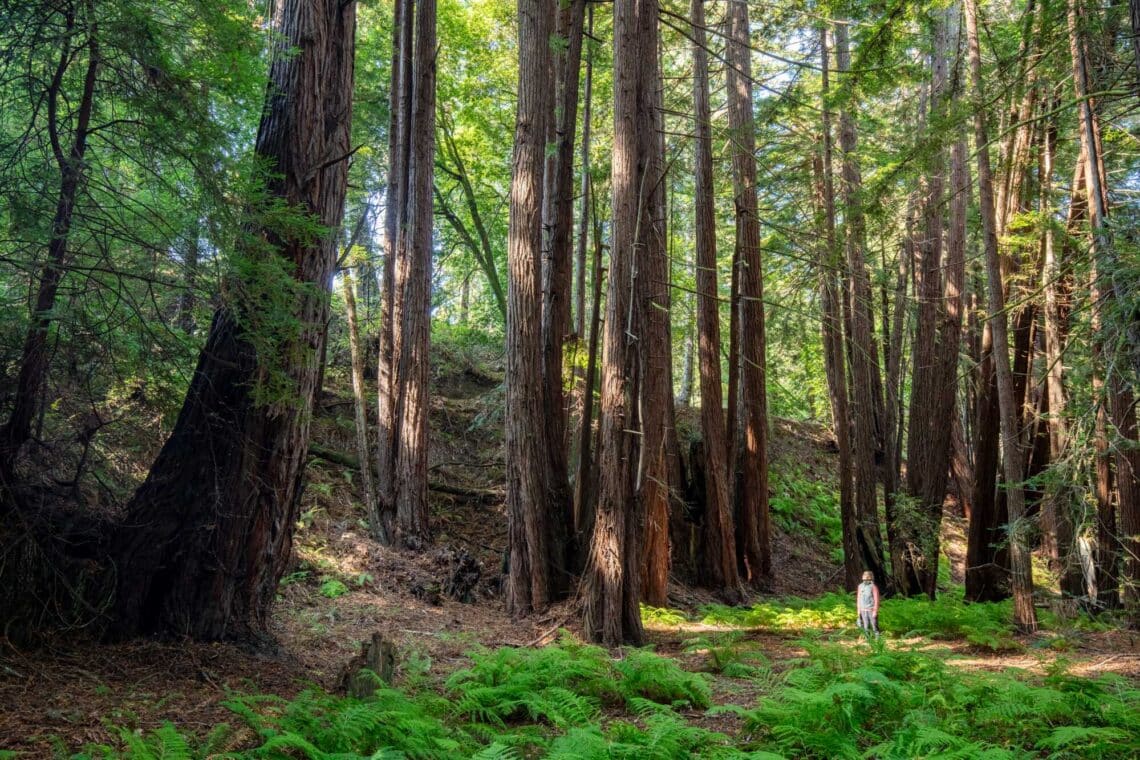
And of course, we can’t forget Sonoma Coast Redwoods’ show-stealing megaflora—the colossal coast redwoods. The property contains 836 acres of redwood forest, with trees ranging from young saplings to scattered ancients potentially as old as 1,000 years. This variety indicates a healthy recovering forest where young trees can grow quickly and pack away large amounts of carbon. Protecting and restoring this property will set these maturing redwoods on a path toward becoming the big, complex old-growth trees that best support all the rare and wonderful plants and animals on this list.

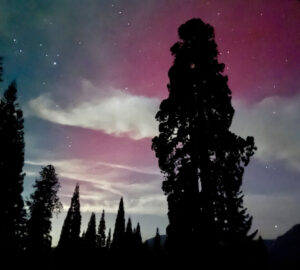
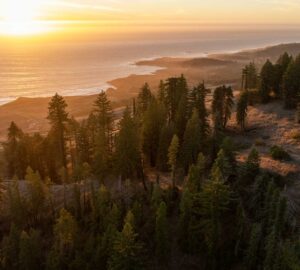
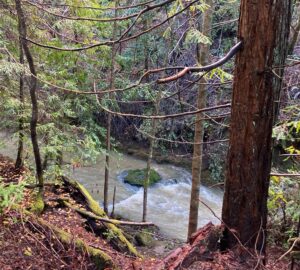
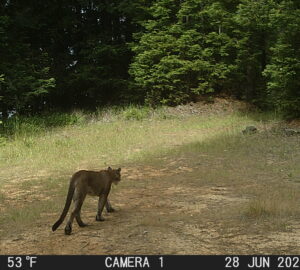
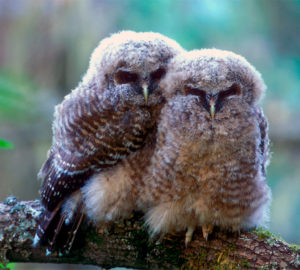
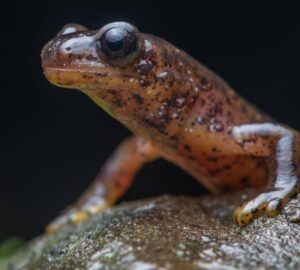
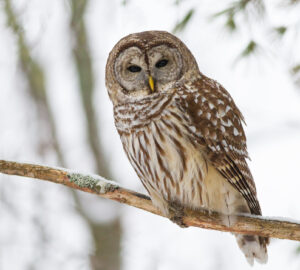
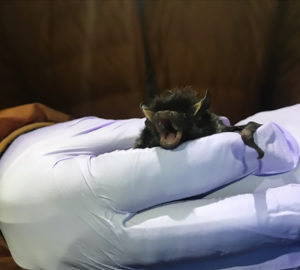
One Response to “10 fascinating animals and plants of the Sonoma Coast”
David
This is a beautifully written and very informative article.